-
Załączniki bezpieczeństwa
Załczniki do produktuZałączniki dotyczące bezpieczeństwa produktu zawierają informacje o opakowaniu produktu i mogą dostarczać kluczowych informacji dotyczących bezpieczeństwa konkretnego produktu
-
Informacje o producencie
Informacje o producencieInformacje dotyczące produktu obejmują adres i powiązane dane producenta produktu.Hobby Boss
-
Osoba odpowiedzialna w UE
Osoba odpowiedzialna w UEPodmiot gospodarczy z siedzibą w UE zapewniający zgodność produktu z wymaganymi przepisami.INTERNATIONAL BUSINESS GROUPBENEDYKTA HERTZA 2Warszawa,04 - 603Polska
Hobby Boss 84553 German Sd.Kfz.179 Bergepanther Ausf.G 1/35
Plastikowy model do sklejania. Zestaw modelarski nie zawiera kleju ani farb.
Pantera to powszechna nazwa czołgu średniego wystawianego przez nazistowskie Niemcy podczas II wojny światowej, który służył od połowy 1943 roku do końca wojny europejskiej w 1945 roku. Doskonałe połączenie siły ognia, mobilności i ochrony Pantery służyło jako punkt odniesienia dla innych późnowojennych i bezpośrednio powojennych projektów czołgów narodów, i jest często uważany za jeden z najlepszych projektów czołgów II wojny światowej.
Chociaż dzielił zasadniczo ten sam silnik, co czołg Tygrys I, miał lepszy przedni pancerz, lepszą penetrację działa, był ogólnie lżejszy, a przez to szybszy i lepiej radził sobie w trudnym terenie niż Tygrysy. Kompromisem był słabszy pancerz boczny; Pantera okazała się zabójcza na otwartym terenie i strzelała z dużej odległości, ale podatna na walkę w zwarciu. Ponadto działo 75 mm strzelało nieco mniejszym pociskiem niż działo Tygrysa 88 mm, zapewniając mniejszą siłę ognia przeciwko piechocie, choć nadal było dość skuteczne.
Panther był również znacznie tańszy w produkcji niż czołgi Tygrys i tylko nieznacznie droższy od Panzer IV, ponieważ jego konstrukcja została urzeczywistniona w tym samym czasie, gdy Ministerstwo Uzbrojenia i Produkcji Wojennej Rzeszy czyniło wielkie wysiłki w celu zwiększenia produkcji wojennej . Kluczowymi elementami projektu Panther, takimi jak pancerz, skrzynia biegów i zwolnica, były kompromisy poczynione specjalnie w celu poprawy tempa produkcji i zaradzenia niedoborom wojennym w Niemczech, podczas gdy inne elementy, takie jak bardzo kompaktowy silnik i złożony układ zawieszenia, pozostały przy swoim eleganckim, ale skomplikowana inżynieria. W rezultacie produkcja czołgów Panther była znacznie wyższa niż to, co było możliwe w przypadku czołgów Tygrys, ale niewiele wyższa niż w przypadku czołgu Panzer IV. Jednocześnie uproszczona zwolnica stała się główną przyczyną awarii czołgu Panther i była problemem, którego nigdy nie naprawiono.
Panther is the common name of a medium tank fielded by Nazi Germany in World War II that served from mid-1943 to the end of the European war in 1945. The Panther's excellent combination of firepower, mobility, and protection served as a benchmark for other nations' late war and immediate post-war tank designs, and it is frequently regarded as one of the best tank designs of World War II.
While sharing essentially the same engine as the Tiger I tank, it had better frontal armor, better gun penetration, was lighter overall and thus faster, and could handle rough terrain better than the Tigers. The tradeoff was weaker side armor; the Panther proved to be deadly in open country and shooting from long range, but vulnerable to close-quarters combat. Also, the 75 mm gun fired a slightly smaller shell than the Tiger's 88 mm gun, providing less high explosive firepower against infantry, though it was still quite effective.
The Panther was also far cheaper to produce than the Tiger tanks, and only slightly more expensive than the Panzer IV, as its design came to fruition at the same time that the Reich Ministry of Armament and War Production was making great efforts to increase war production. Key elements of the Panther design, such as its armor, transmission and final drive, were compromises made specifically to improve production rates and address Germany's war shortages, whereas other elements such as its highly compact engine and its complex suspension system remained with their elegant but complicated engineering. The result was that Panther tank production was far higher than what was possible for the Tiger tanks, but not much higher than what had been accomplished with the Panzer IV. At the same time, the simplified final drive became the single major cause of breakdowns of the Panther tank, and was a problem that was never corrected.
























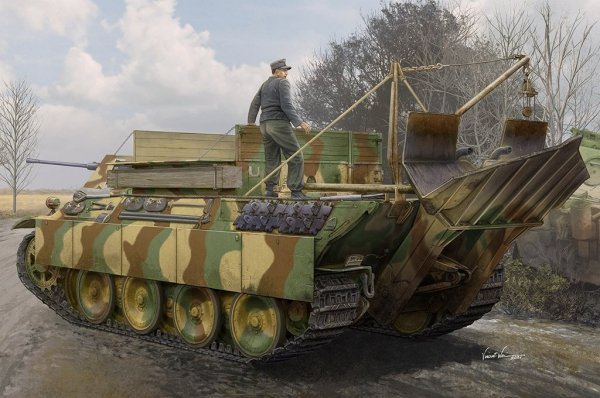
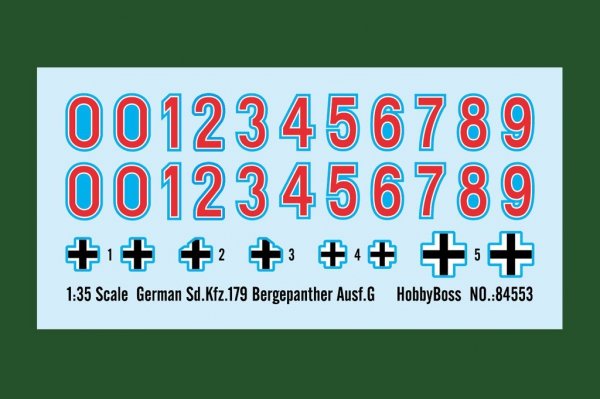
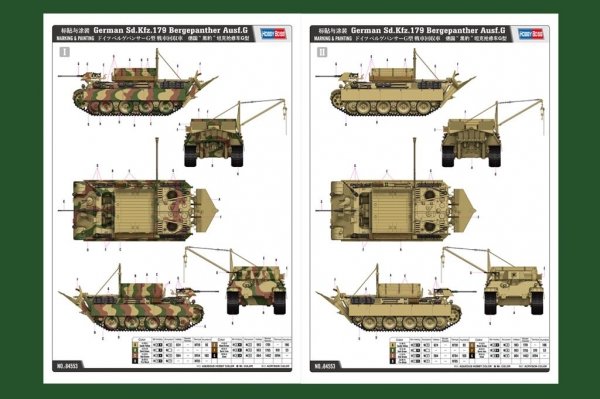
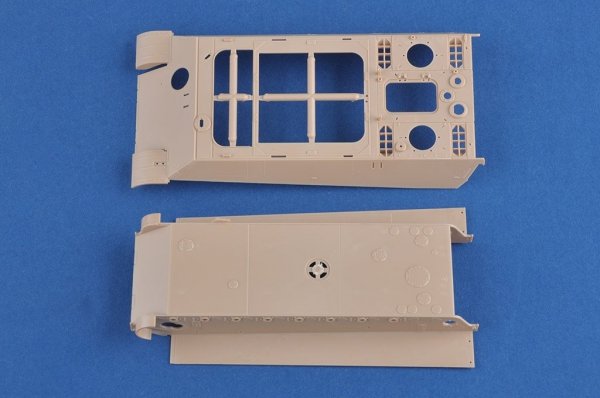
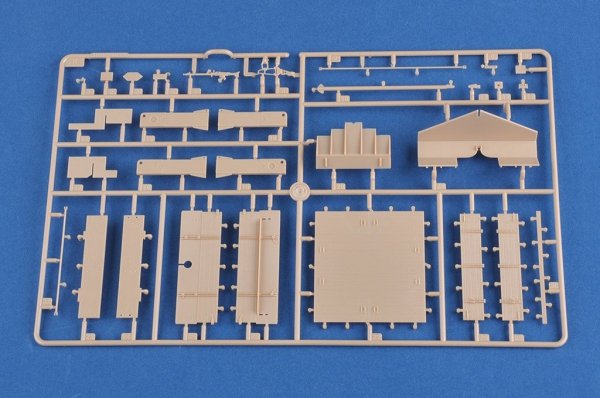
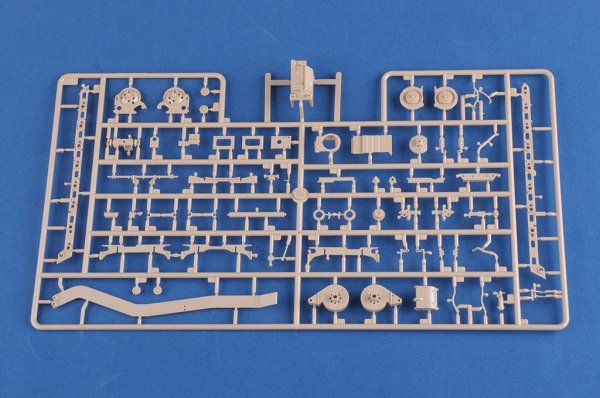
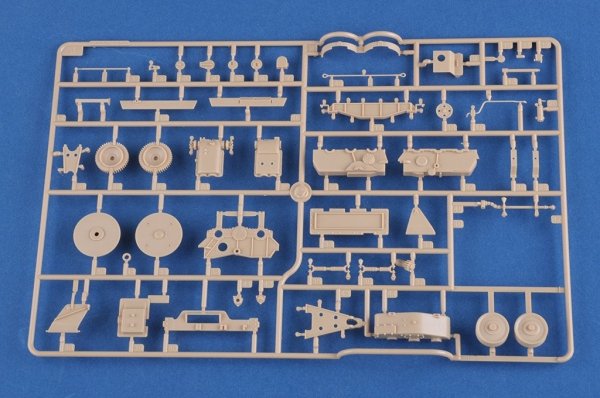

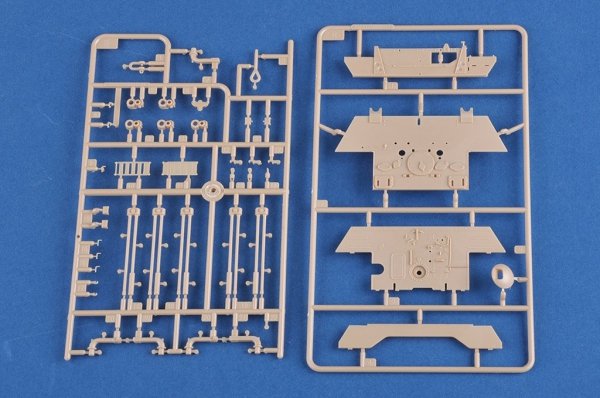
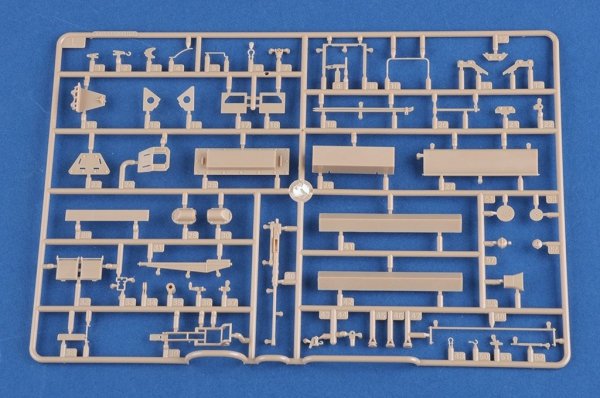

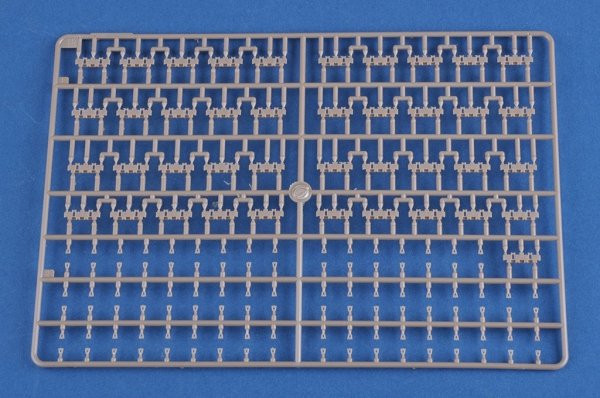
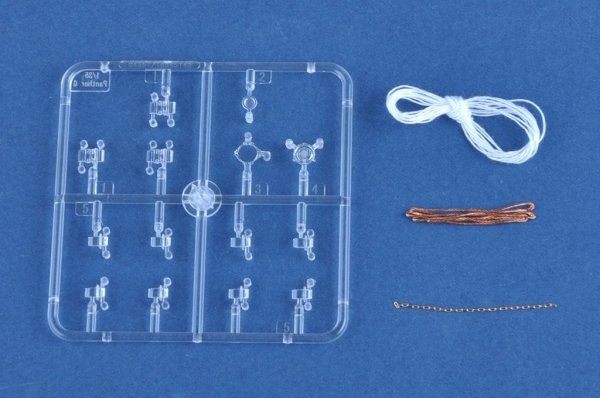
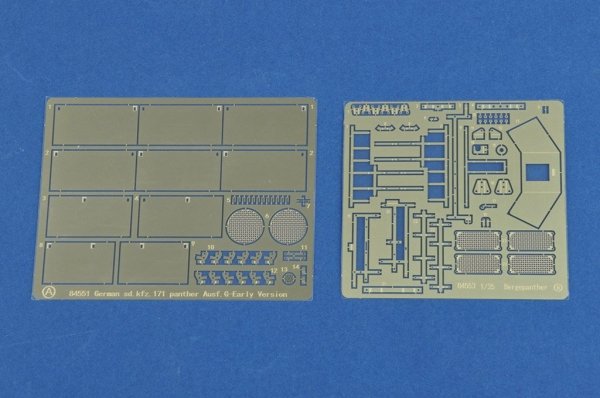
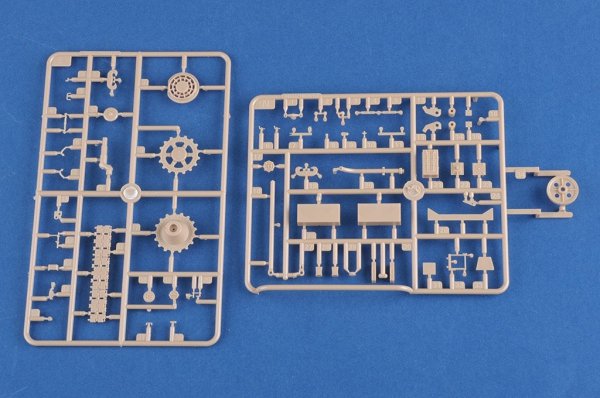
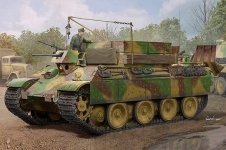
 1 szt.
1 szt.